There are times when you want to try something new with quilting and suddenly you find yourself needing a whole range of new supplies – hand sewing needles, templates, paper pieces, tools, rulers, notions, gadgets and gizmos… And sure, that’s probably half the fun, right? You get to go shopping! But if you’re like me, it can also sometimes feel like a bit of a hurdle to getting started. Anyone else like that too??
Well, I’m here to tell you that free motion quilting is not like that at all. If you already straight line your quilts, then you’re almost all of the way there! You would already have the larger Size 90/14 needles on hand, and your preferred thread, so there’s just 3 more tools you need for free motion quilting. And guess what – two of them can be found in your local supermarket. Yep! It’s that easy.
Tools you need for free motion quilting
Free Motion Quilting Machine Foot
To be able to do free motion quilting, the number one thing you need is a special foot for your sewing machine. It’s often called a darning foot, and is designed to smoothly glide over the fabric while still keeping the fabric down when stitching in all different directions. There are a few different styles available, from plastic to metal, from open-toed to closed. This really is down to personal preference what style you prefer, so I would recommend starting with whatever is the standard option from your sewing machine brand. However, there are plenty of generic options out there that are probably a bit cheaper, so that’s one way you can experiment with different styles.
The one thing to be aware of when buying a generic option is whether your machine is low shank or high shank. This refers to the distance between the bottom of the foot and the screw used to attach it to the machine. A low shank measures about 3/4″ and a high shank is over 1″. Most domestic machines are low shank, but double check your manual, or pull out a little ruler and check for yourself.
Quilting Gloves
The second most important tool for free motion quilting that I recommend are quilting gloves. Getting something cotton (lightweight and breathable) and grippy are the best option, but you can honestly grab a pair of rubber-tipped gardening gloves from the supermarket while doing your weekly shop to get started. The rubber will be nice and grippy on the quilt!
And hey, you can even get started quilting without gloves. But you will find it sooo much easier with some extra grip. Otherwise you’ll find yourself clutching onto handfuls of quilt to manoeuvre the quilt around, and this causes two main problems.
Firstly, it makes you tense up. You want to relax when free motion quilting, especially your shoulders, and tensely grasping onto the quilt will cause your upper body to tense up too much. This will cause your neck and shoulders to get real achey, real quick. And secondly, it makes it hard navigate your way around the quilt top. When you place your hands so that they create a triangular-ish “hoop” on the quilt top around the needle, you will find it easier to move around, pausing and readjusting your hands as needed.
I personally use these generic Japanese work gloves that are breathable and grippy, but you can buy specific gloves for quilting that are very popular, like Machingers. Just remember that they will need an occasional wash, just like any other item of clothing! Sweaty hands, fluff and dust and lint… keep them clean so they don’t mark your quilts.
Pen and Paper
Don’t worry, this isn’t foundation paper piecing! This is actually the first step to free motion quilting – practicing the motifs using a pen and paper to get an understanding of how to create the shapes and to move around the space. In this instance, the pen represents the needle and the paper the quilt, and you’re moving the pen. But when you are free motion quilting on a regular domestic sewing machine, you’re actually moving the quilt.
It might seem like it won’t translate well between the two mediums, however, the arm motions are still the same and you are still developing the necessary muscle memory to free motion quilt a real quilt. Remember – it’s much easier to start a new page then ripping out stitches* because you’ve completely gone off track and there’s no redemption
*In general, I recommend to not unpick your quilting unless you have major tension or basting issues! Wonky quilting is part of the handmade charm, and once the quilt is washed, you’re really not going to notice it.
I personally like to use a marker as it provides a bit more friction than a pen on the paper, which is a little more true to the quilting experience. It also makes it easier to keep the motifs bigger and more true to size, so that you’re not “quilting” too small and densely. And yes, this is me totally enabling you to having to go to the stationery store and buying some coloured markers, ha!
And lastly, a bonus tool for your FMQ toolbox…
Don’t forget your can-do attitude!
Remember – any quilt is possible if you take it one step at a time! The same goes for free motion quilting – take it one motif at a time, one practice session at a time, and you will see the growth. Don’t listen to the little critic in your head telling you myths about free motion quilting! You aren’t trying to be a computer-guided long arm machine, creating perfect stitches and perfect designs. You are hand-making this quilt, it won’t be perfect. But it will be beautiful.
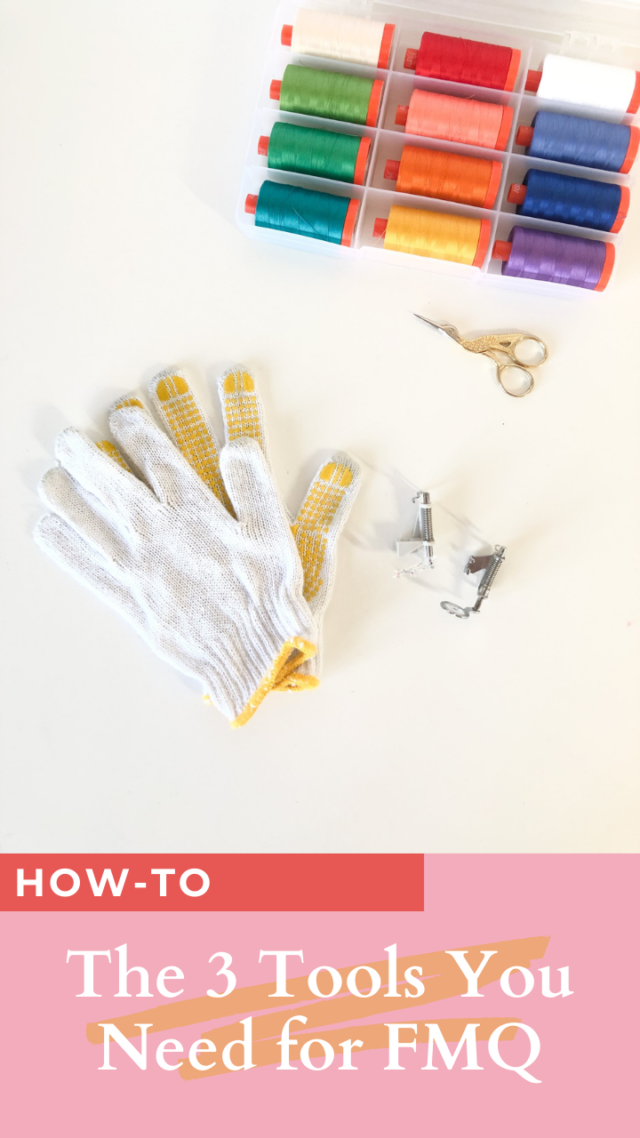
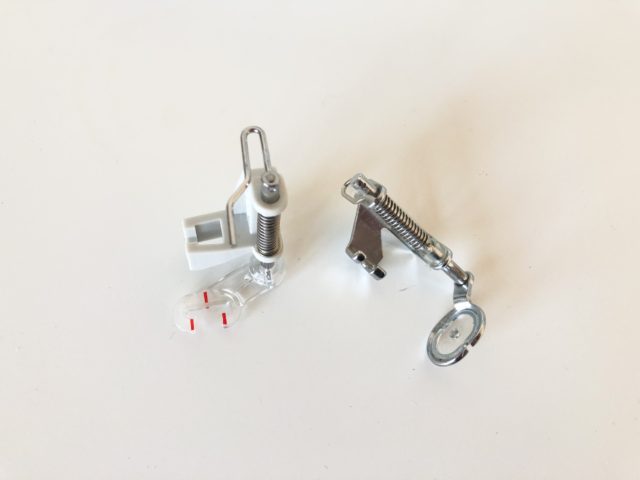
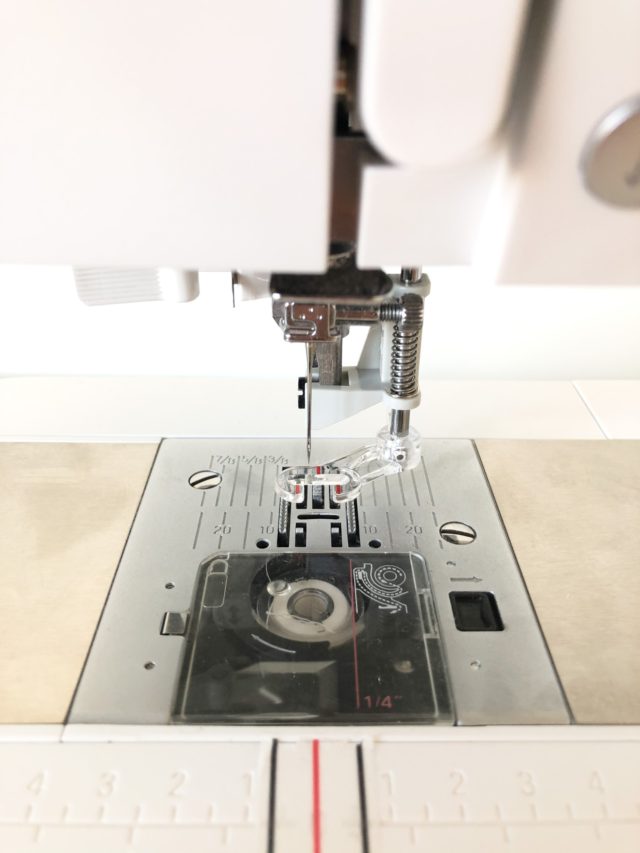
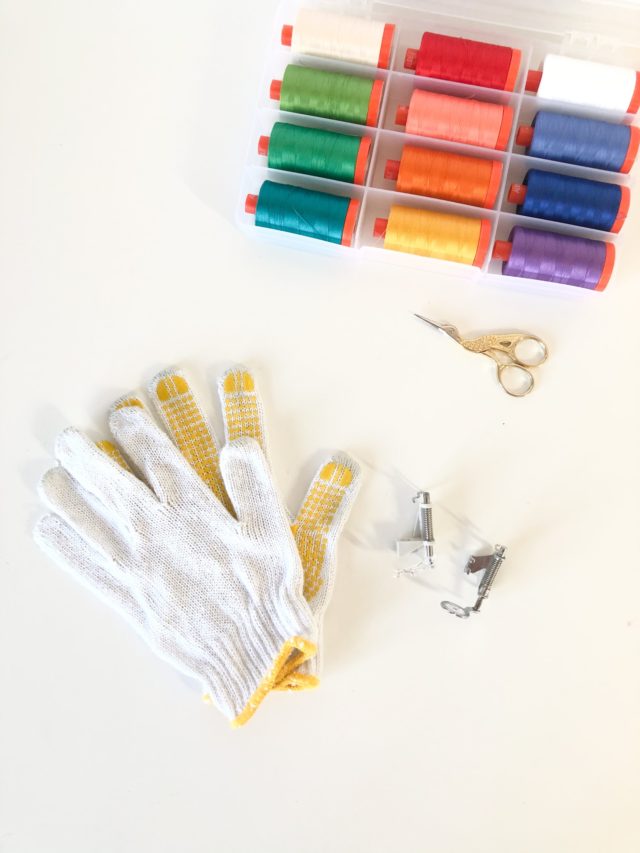
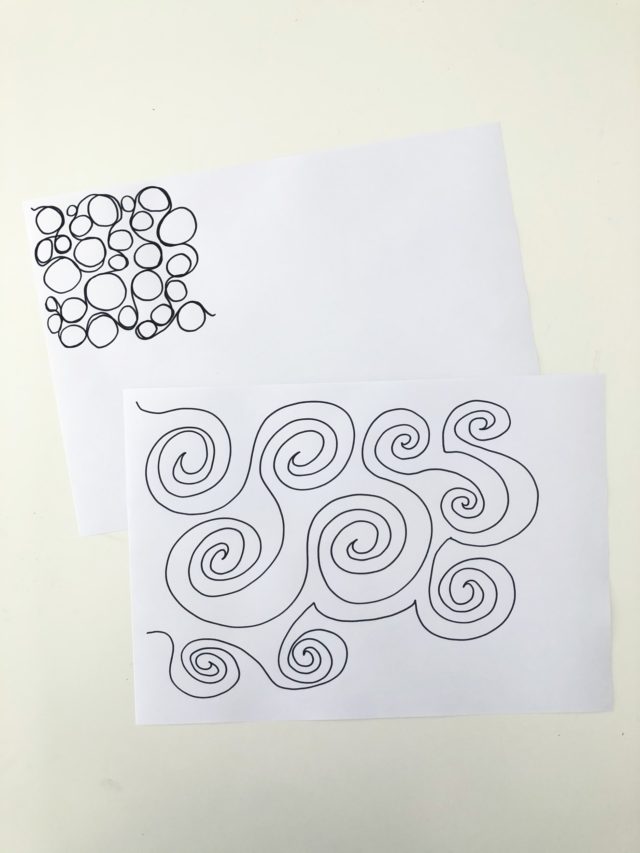

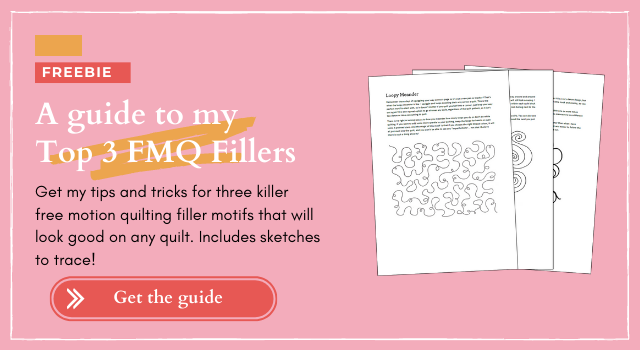
Sherry France says
I really enjoy your blog. Thanks so much for all the work you do…👍
Alyce says
Thanks so much, Sherry, I really appreciate it! I love doing this, so it’s lovely to know it’s all worth it ❤
Carol Jane Lindbergindberg says
You are so encouraging. Thanks for your input.
Janelle Reardon says
Though I have found gloves awkward to wear while sewing, your purpose for the grippy gloves makes a lot of sense. I’ll try them again.
Alyce says
Haha, yeah, it does feel a little strange at first, but it definitely helps me get into the “time to quilt” mindset!
Angela Short says
Thank you for the info. I sure appreciate your knowledge. I just love sewing so much. I want to become great at quilting!! Fingers crossed. 🌟 Enjoy your day! 💌🤗
Alyce says
My pleasure! I know you will become a killer quilter with that kind of determination!
Valerie Fishler says
Hi Alyce- Just found your blog by a happy accident. I love the HST tutorials and now this! You are a wonder- I feel like I can build my skills and move out of the box I thought I would be in forever- creating only one style of quilts. Thank you so much for sharing your talents.
Alyce says
Thank you so much, Valerie! I appreciate your kind words.
Lori says
Do you use some kind of silicone spray or mat to help move the quilt?
Alyce says
No, I don’t. I know others do, but I learned without it, so I’ve never tried.
Lisbeth says
Love your encouraging post and clear, positive writing style.
Thanks!
Judi Wigren says
Thanks so much for the advice. I sincerely appreciate it. Judi Wigren
Vucki says
Thank you for your encouragement.
I’m new at free motion quilting on my machine and am a tad nervous. A huge learning curve for me.